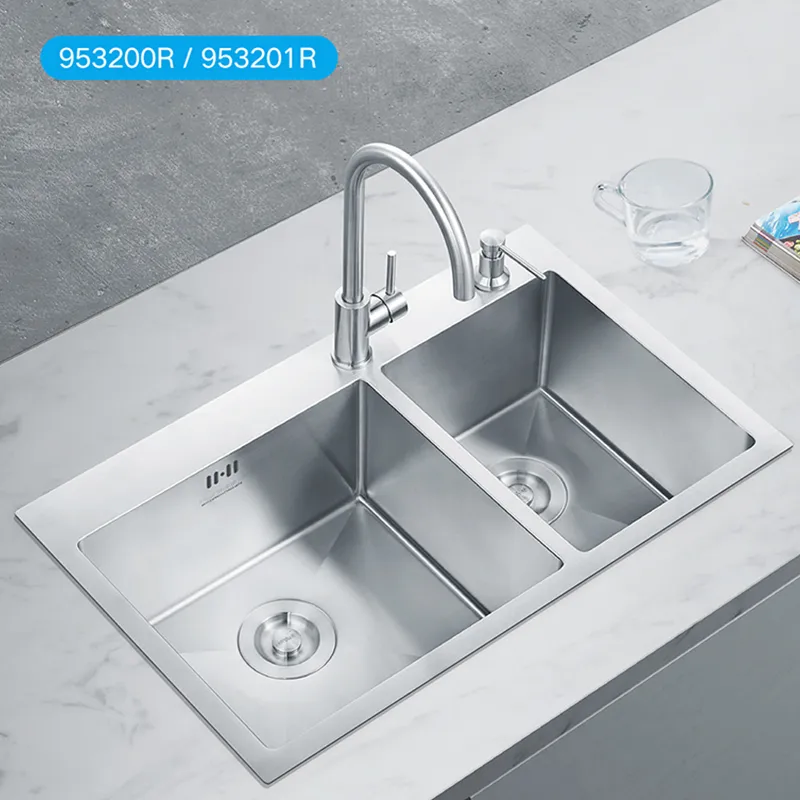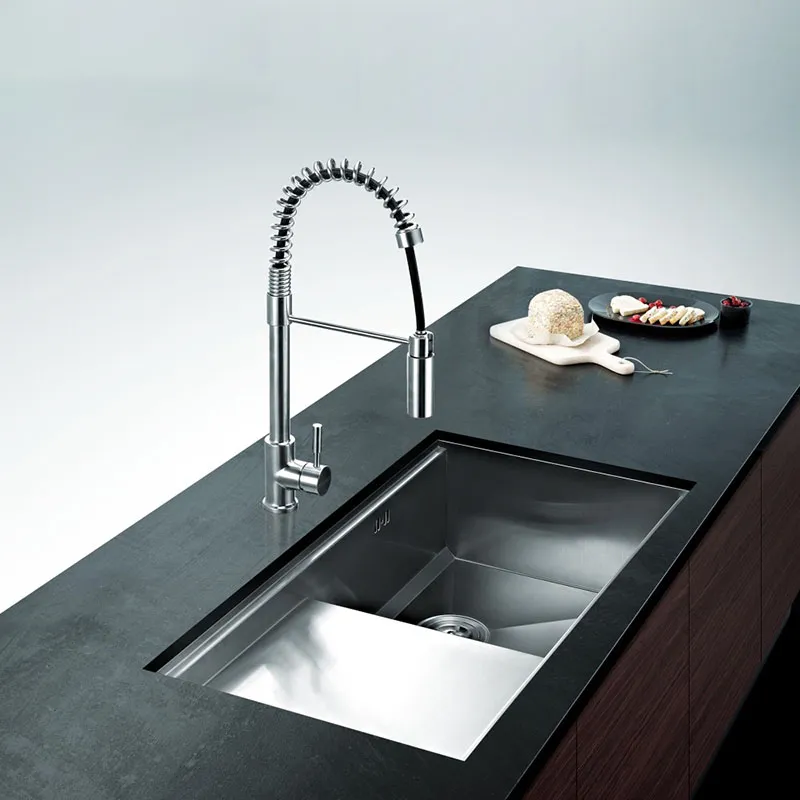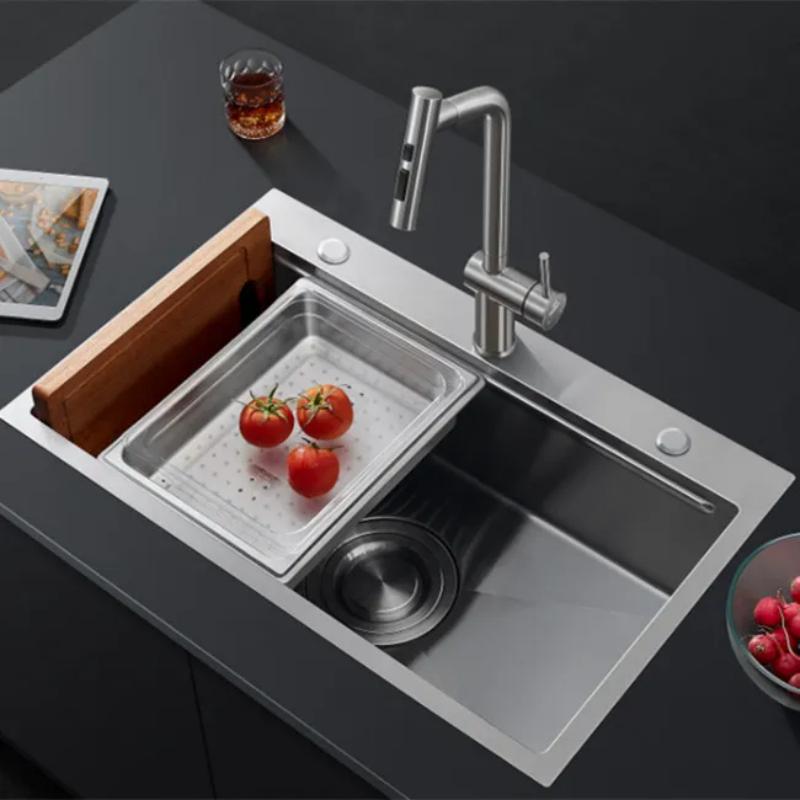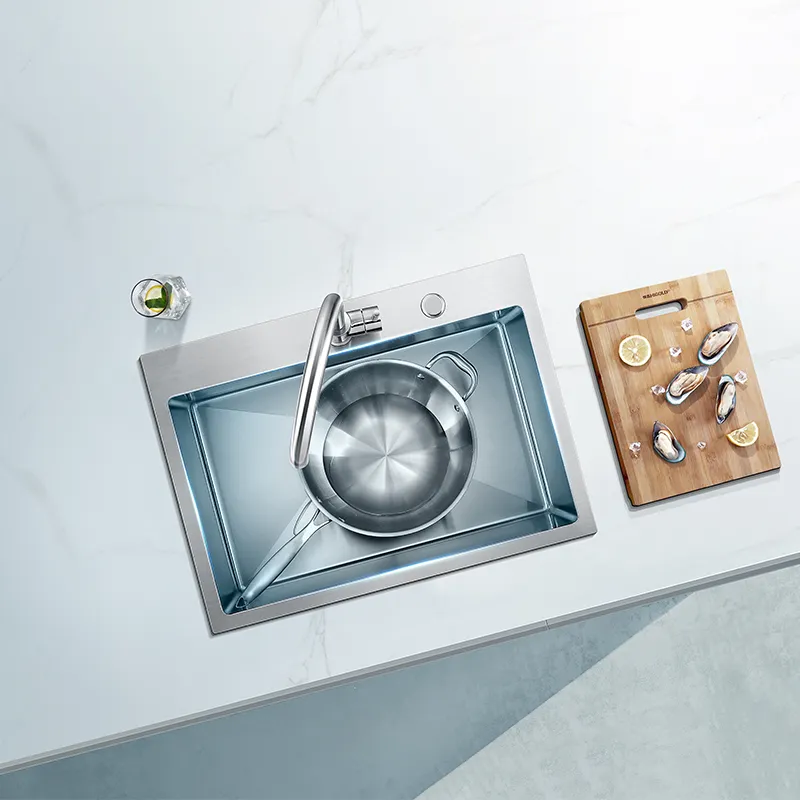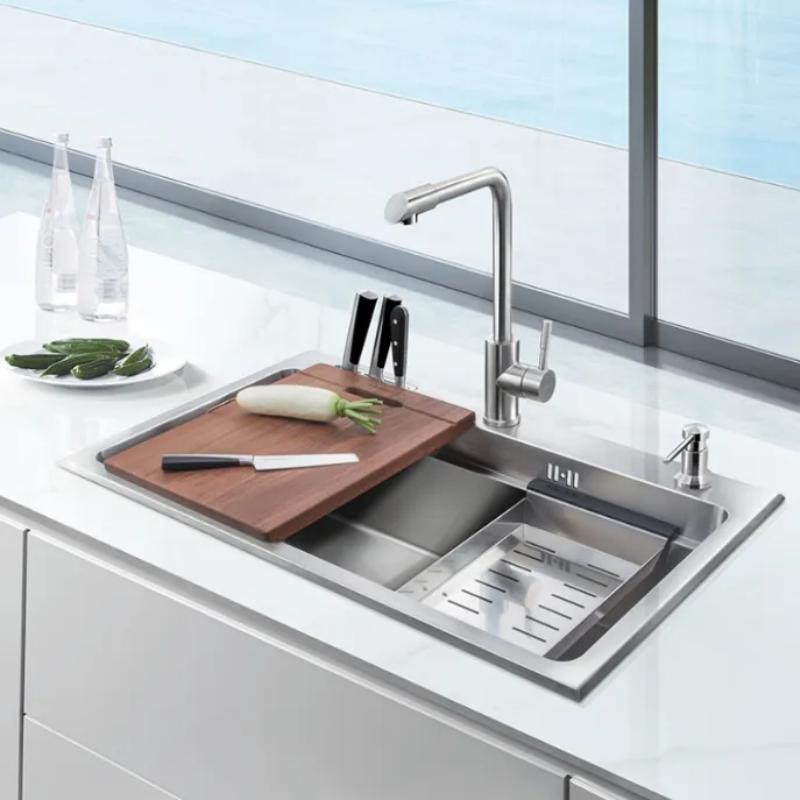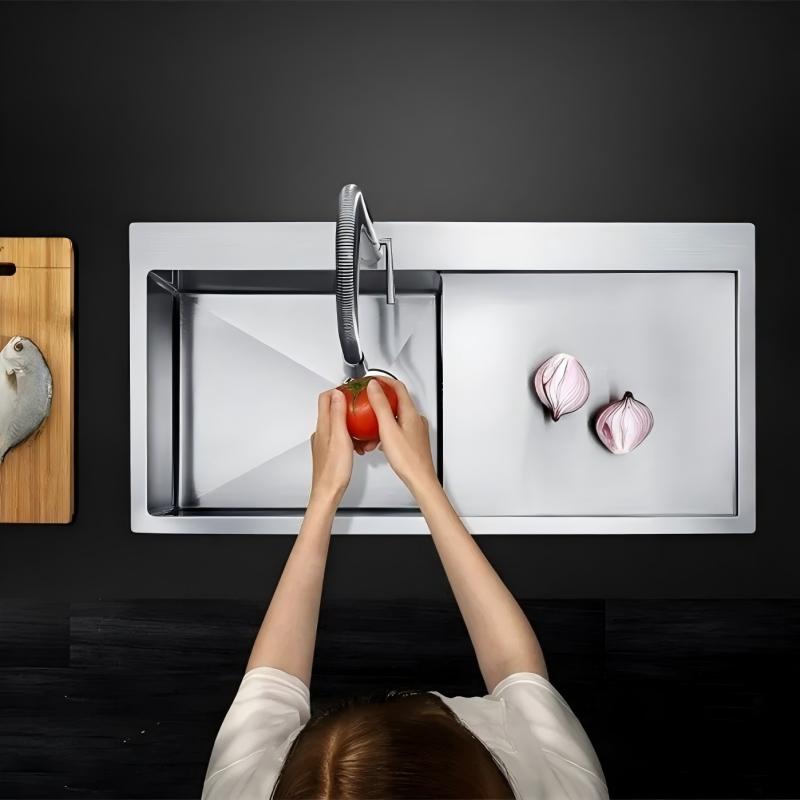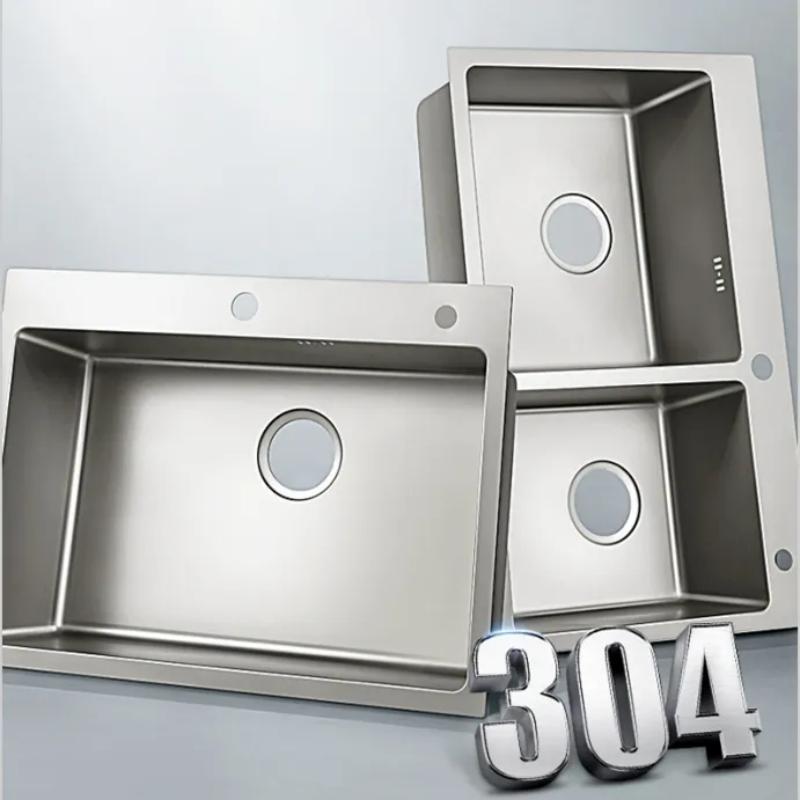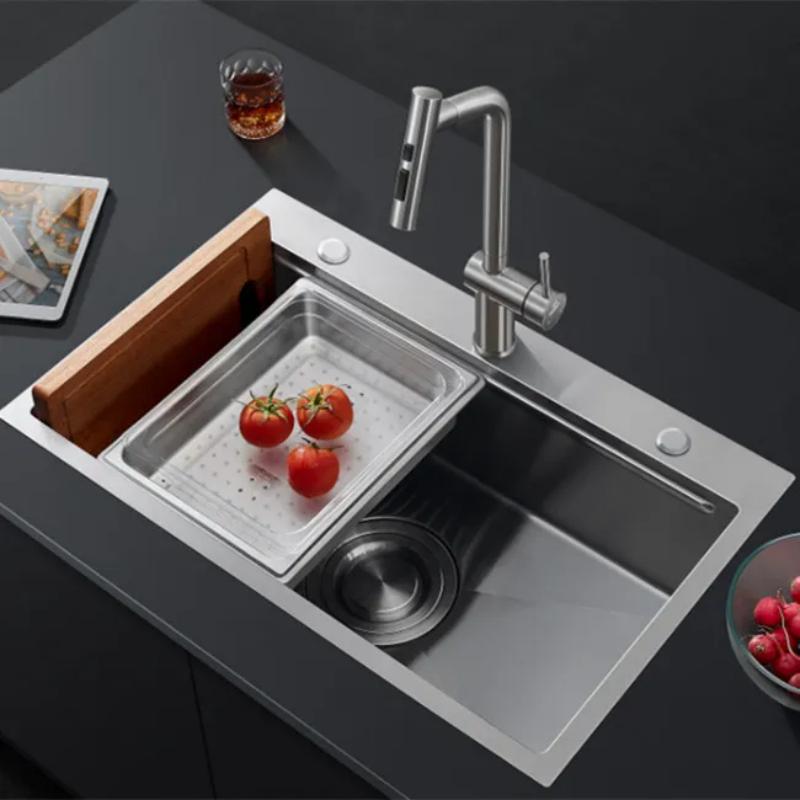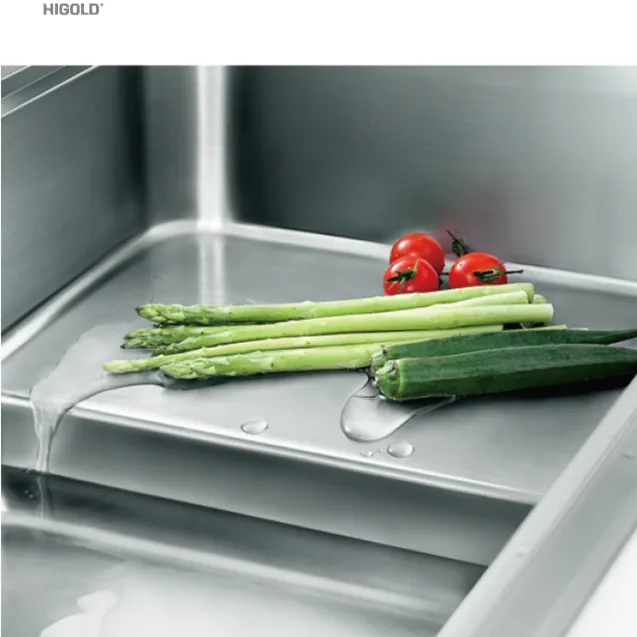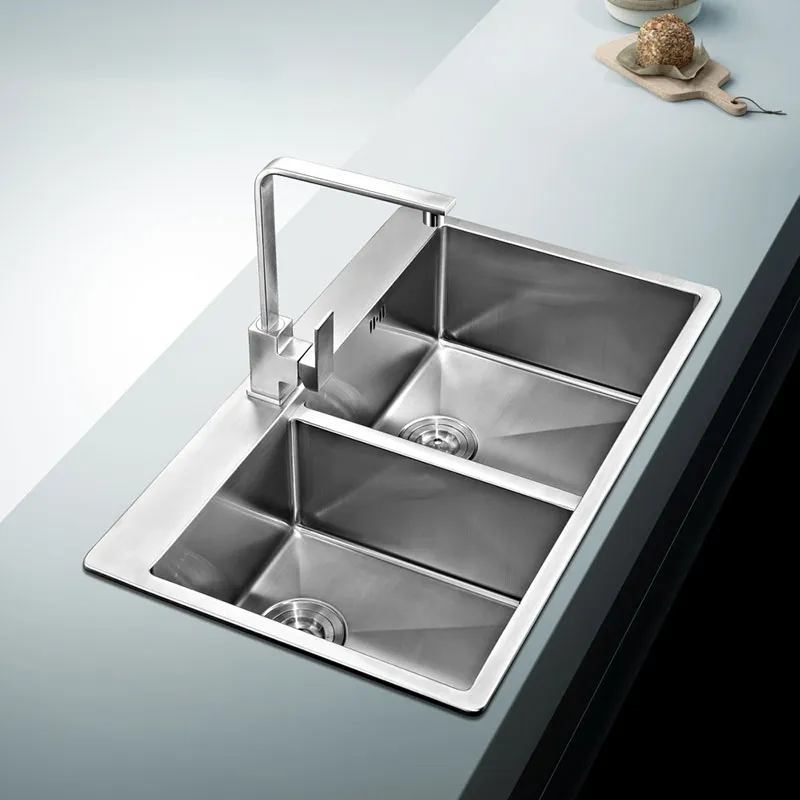Moderately increasing the thickness can indeed enhance the stability and lifespan of the sink. However, beyond a certain range (such as exceeding 1.5mm), the benefits diminish significantly. For example:
• Limited increase in strength from thicker sinks;
• Significantly increased weight, making installation more difficult;
• Increased cost, but little improvement in daily user experience.
2025-11-20
Learn More

